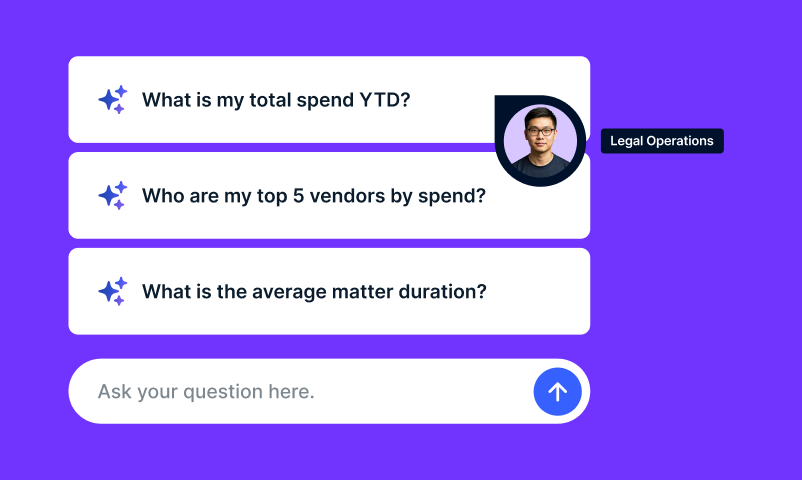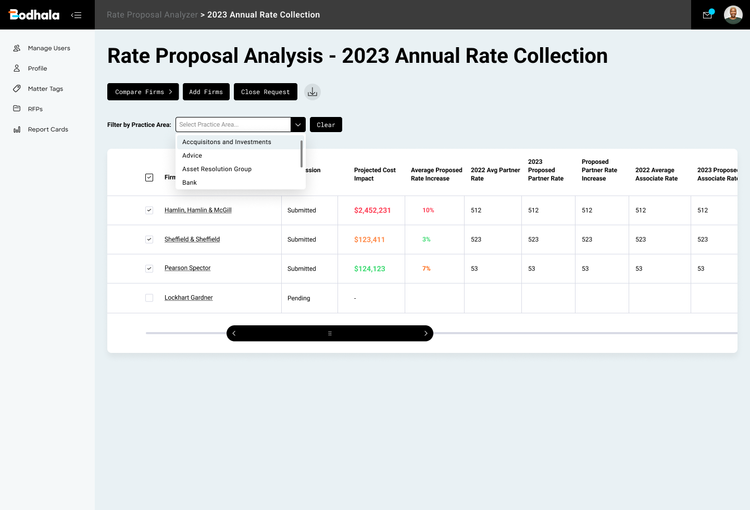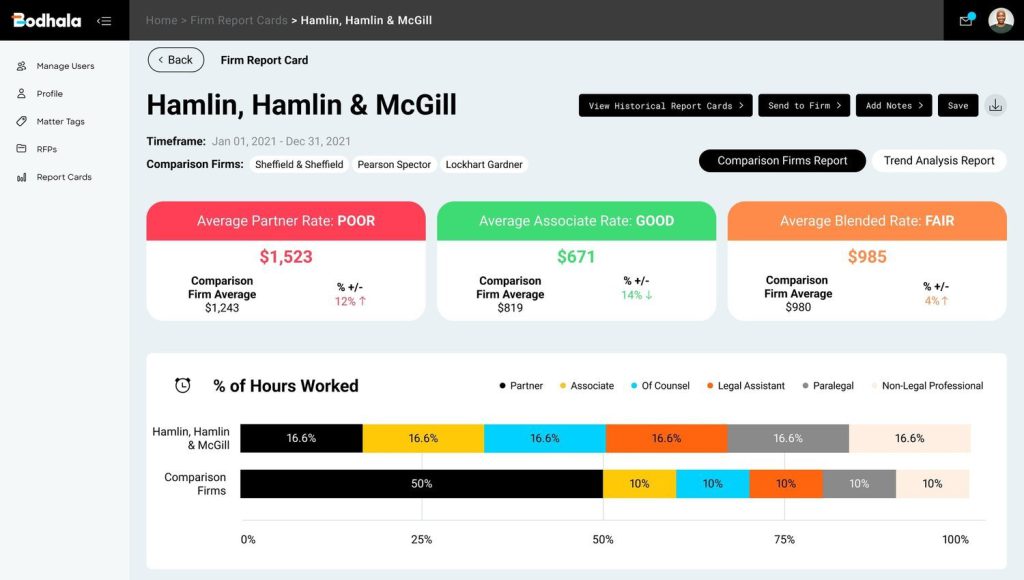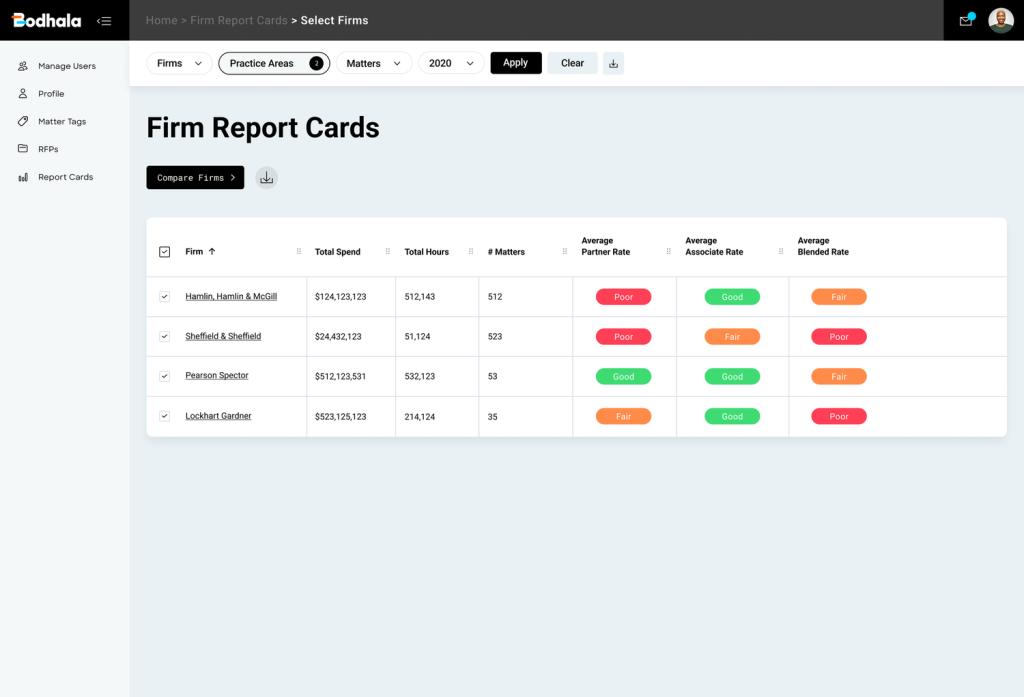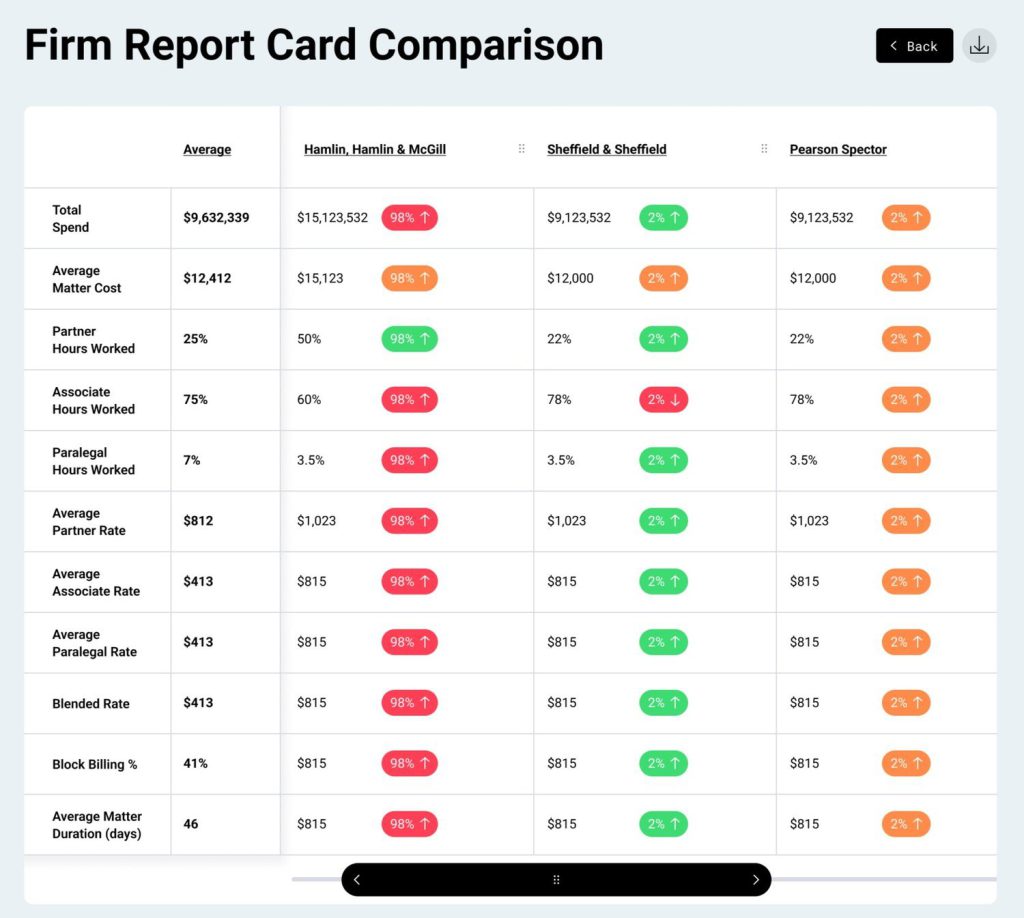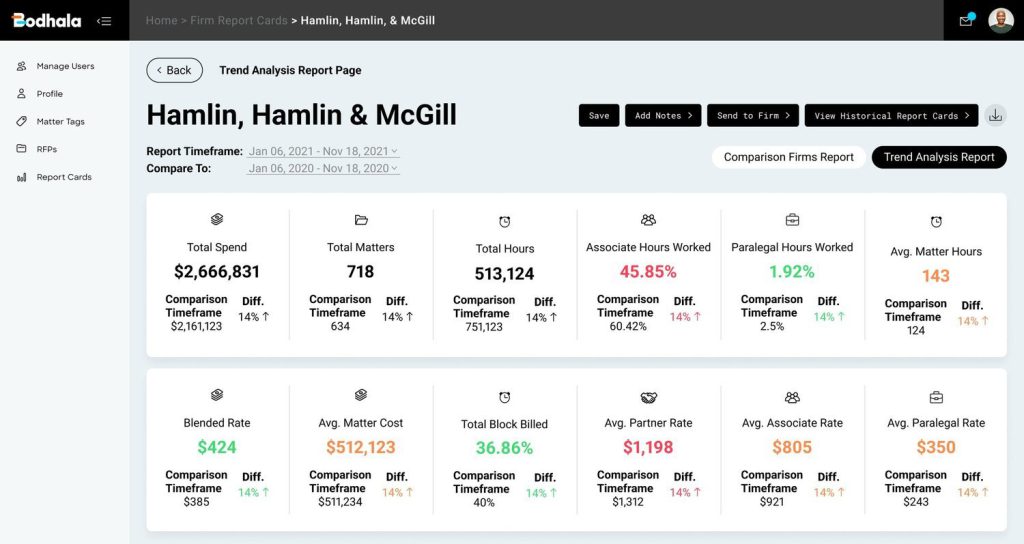
When humans make decisions, they are nearly always impacted by invisible biases. And we are not the ones to blame! If anything, we will have to blame evolution for that. Humans only naturally rely on feelings, experiences, and personal views when making decisions. After all, in the past, this bias has often decided between life and death. Luckily, nowadays, the business decisions we must make daily are usually less dramatic. Yet they are equally shaped by experience, so we often stick with the tried and tested. This path often appears as “the safe choice,” but it leaves no room for improvement and might even sometimes prevent you from making the best or most cost-effective choice for your business.
Request for Proposals (RFPs) are a powerful tool to pre-empt this potential bias and choose a data-based approach to selecting the most suitable provider for your matter. A standardized template, for example, ensures that your legal teams repeatedly ask themselves and their vendors critical questions that support finding the right vendor. We have learned first-hand how crucial selecting the right vendor is to the project’s success going forward. Here, we will provide helpful tips on which features your RFP should include to best support you and your team in the decision-making process and pave the way for a successful project outcome.
BE PRECISE AND ASK THE RIGHT QUESTIONS
Be specific in your questions and provide law firms with information that gives a clear picture of the task. Precise questions are the be-all and end-all because the more general your questions are, the broader the law firms’ answers will be. Of course, you do not want to read pages and pages of marketing materials from law firms, which exist to represent themselves positively but are ultimately not a good decision-making aid. To get away from the so-called “gut feeling” and marketing materials, determine a set of questions that tells you which law firm is best for the upcoming project and your company. From the law firm’s point of view, it is helpful to have as much information as possible about the matter and, if relevant, about your industry to formulate precise answers and for them to respond with an offer. The more specific your questions are, the more likely you are to receive well-prepared answers that will help you to find legal advice that suits you and your business. Allow enough time for the drafting; you will usually get it back afterward because the RFP process will benefit from it.
HOW CAN BUSYLAMP HELP YOU STREAMLINE THIS PART OF THE PROCESS?
Frequently, a simple document or spreadsheet is used to gather and send a set of questions to law firms – it takes no tech expert to know that there are more modern and efficient solutions. Onit’s European legal spend management solution BusyLamp eBilling.Space, for example, summing compilation of relevant answers for your evaluation. This gives you summarized tabular data supported by graphs, allowing you to compare responses instantly. The RFP module asks law firms specifically for the information relevant to you and provides specialized templates, e.g., for finance and M&A transactions. Therefore, all the information in the law firms’ responses is in a standardized format of your choosing and adapts flexibly to subsequent changes.
ESSENTIAL FUNCTIONS THAT SPEED UP YOUR SOURCING-PROCESS
Depending on the complexity of the matter, it is good practice to allow law firms to take up to three or four weeks to answer all your questions. We understand that there are often more urgent cases in the work schedule where the law firms need an almost immediate response – e.g., in corporate cases or an M&A acquisition. BusyLamp provides a functionality especially valuable for these specific cases, allowing users to limit the time to file a response. Additionally, software solutions generally save a significant amount of your time in the RFP process because answers on staffing, costs, hours, etc., will be received uniformly formatted, which allows a simple and intuitive comparison of the answers received. This leaves valuable time for other tasks, especially if your project is already very time critical.
DON’T FORGET TO NEGOTIATE
Ask the law firms about alternative cost structures and possibilities for discounting. Negotiation is possible, and it can be done without difficulty in a software-based environment. Finally, you do not want to simply receive an overview of standard rates. If law firms add to or adjust their responses after the initial offer, you will need to reassemble data at this point and track the changes. As an in-house legal team, you should be able to back up your negotiation results with numbers at any time. If a law firm revises its offer during the RFP process, you will want to note this later in your reports. A good negotiation result can make you feel good, but you should have clear numbers up your sleeve to back this up. BusyLamp works for you and records if the offer has changed during the RFP process. For example, it points out whether an hourly rate has changed within an RFP (i.e., if the rate was lowered compared to the previous response).
KICK-OFF FOR A SUCCESSFUL COLLABORATION
In BusyLamp, the RFP module is only the first step in creating and managing the matter. After interviewing, evaluating, and selecting the law firm, the data from the RFP module is applied to a new matter with the corresponding budget settings by simply clicking one button. In the same step, the law firm receives an invitation to start collaborating on the matter in BusyLamp. If desired, it is possible to have the matter checked and the budget approved by the departments responsible with our approval module. Software-powered RFP processes are a time and resource-saving alternative to the old-fashioned and clunky manual processes. In conclusion, a powerful RFP tool is essential for selecting your vendor. It bypasses the urge to act based on biases and allows a data-driven approach instead. Doing that decisively shapes the outcome of the overall project’s success.
BusyLamp is acknowledged by our clients for its value-adding, continuously enhanced RFP tool. With the right decision made, the entire matter management cycle can be followed up in our legal spend management solution — a vital asset in times of remote working.
Request a demo of eBilling.Space today and see our RFP functionality for yourself.

